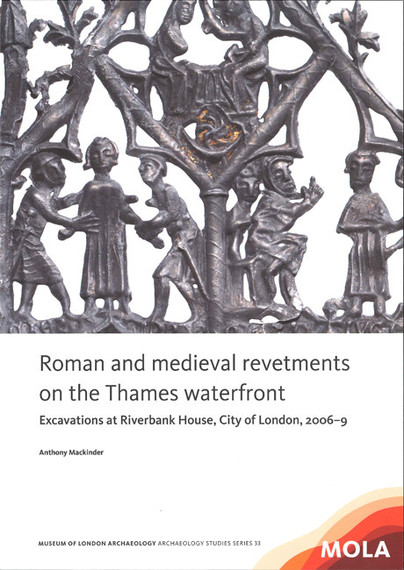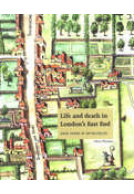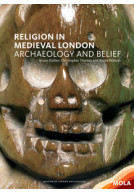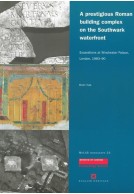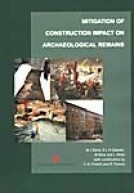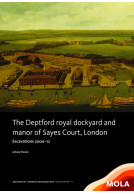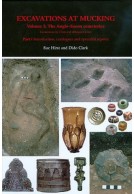Roman and medieval revetments on the Thames waterfront (Paperback)
Imprint: MOLA (Museum of London Archaeology)
Pages: 137
ISBN: 9781907586309
Published: 2nd February 2015
Script Academic & Professional
Pages: 137
ISBN: 9781907586309
Published: 2nd February 2015
Script Academic & Professional
You'll be £15.00 closer to your next £10.00 credit when you purchase Roman and medieval revetments on the Thames waterfront. What's this?
+£4.99 UK Delivery or free UK delivery if order is over £40
(click here for international delivery rates)
Need a currency converter? Check XE.com for live rates
(click here for international delivery rates)
Need a currency converter? Check XE.com for live rates
Archaeological investigations were carried out in 2006–9 on the north bank of the River Thames at Riverbank House, City of London, just upstream of the modern London Bridge and its medieval predecessor, in the heart of the medieval port. An extensive watching brief had taken place on the site in the early 1980s (the Swan Lane car park), but these new excavations were in undisturbed areas around the perimeter. A 2nd-century AD revetment and part of the late Roman riverside wall were recorded, while a sequence of timber revetments, some dated by dendrochronology, witness the growth of the medieval port from the 12th to the 15th centuries. Fragmentary building remains relate to medieval and post-medieval tenements, and pipes from a 16th- or 17th-century ship’s pump were found reused as a drain. Characteristically, foreshore deposits and reclamation dumps infilling the medieval waterfronts produced many well-preserved finds, particularly leather and metal objects. The latter include tools, domestic items, cloth seals and a number of religious and secular badges. A rare and unusual find was a devotional openwork panel relating to the life and death of Thomas, Earl of Lancaster, who was executed on 23 March 1322 by Edward II. Remains of plants used in dyeing support the documented importance of the local cloth-finishing industry.
Other titles in MOLA (Museum of London Archaeology)...







